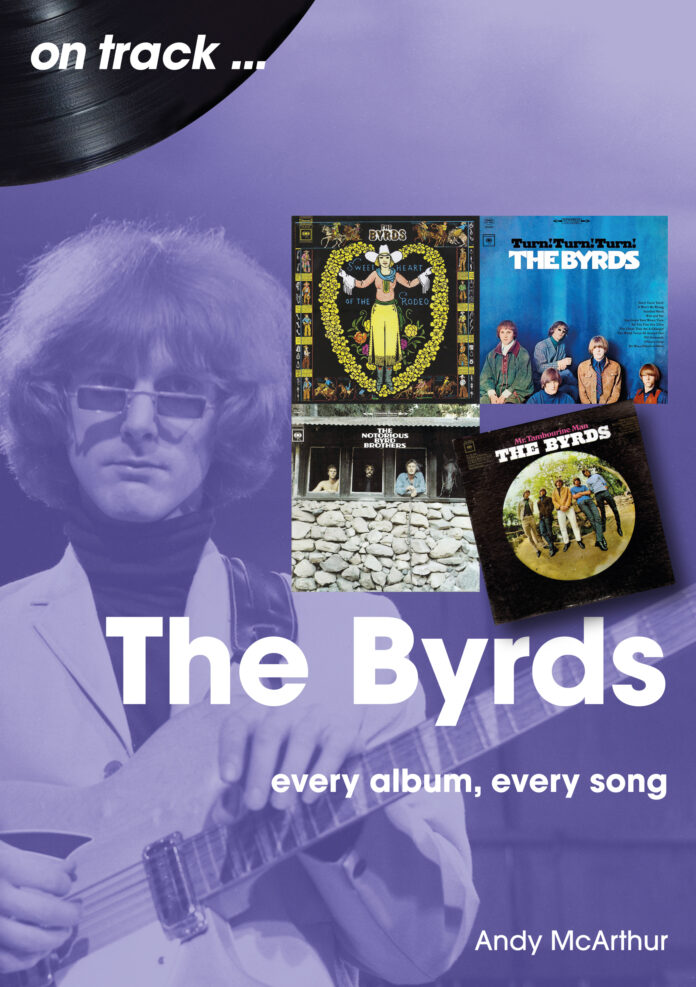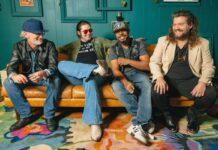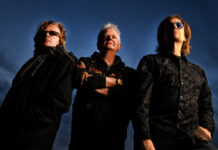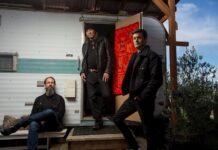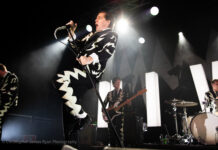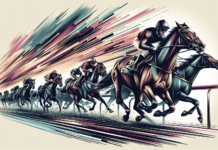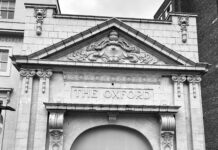The Byrds are one of those bands of whom it can truly be said they were a seminal band, in that their influence extended across the board and they had a significant impact on the development of several musical styles. Alongside The Beach Boys, they helped to put California on the map, not just as a state, but also as a state of mind.
The impact of The Byrds went far beyond chart placings and hit singles. They were a major influence on the whole West Coast counterculture of the mid-late sixties and, alongside Love, The Doors and Buffalo Springfield, they were a key part of the burgeoning LA scene. Their music even had an influence on the mid-60s Beatles, with tracks like ‘If I Needed Someone’ and ‘Nowhere Man’ being examples.
In their eight-year lifespan between 1965 and 1973, a total of eleven musicians played in the various line-ups (sadly only four are still with us) but it’s probably undeniable their key influence was prior to 1969. The classic line-up, Roger McGuinn, David Crosby, Gene Clark, Chris Hillman and Michael Clarke all came up through folk music and later Gram Parsons and Clarence White would play dominant roles. The Byrds were amazingly prolific prior to 1969, releasing no less than eight albums in only four years, and these albums weren’t all cut from the same cloth either.
Their first two albums, Mr Tambourine Man and Turn! Turn! Turn! (both 1965) were termed ‘folk rock’ which reflected the influences of the classic line-up, as they’d mostly come from cutting their early musical teeth playing in folk clubs. Songs like Pete Seeger’s ‘Turn! Turn! Turn!’ resonated with many young Americans who were increasingly becoming aware of the escalating conflict in Vietnam. There are several covers on these albums, notably an epic take on Dylan’s ‘Chimes Of Freedom,’ but by the time of their third album, 5th Dimension, (1966) they were now becoming more confident in their songwriting and nine of the eleven tracks were written by the band. Their songs were also becoming more adventurous in what would be termed their ‘psychedelic period,’ with songs like their satirical take on stardom, ‘So You Wanna Be A Rock ‘n Roll Star,’ plus Crosby’s ‘Mind Gardens’ and ‘Everybody’s Been Burned’ reflecting also a growing familiarity with hallucinogenic.
This period also saw tensions within the band increase, leading to Gene Clark leaving prior to 5th Dimension being recorded, and David Crosby being kicked out in 1967. Gram Parsons joined in 1967 and the band moved towards playing what Parsons referred to as “cosmic country music.” 1968’s Sweetheart Of The Rodeo helped provide the template for country rock, with tracks like ‘The Christian Life’ and ‘Blue Canadian Rockies’ being as far removed from ‘Eight Miles High’ as was possible to get at the time. The Byrds also became the first rock band to play at the hallowed Grand Ol’ Opry in Nashville, reflecting their changing image. Parsons left soon afterwards, Clarence White and then Gene Parsons (no relation) joined the band but, despite a few reasonable albums, it was now a case of diminishing returns, their influence waned and they eventually broke up in 1973.
But, as Andy McArthur’s book describes in pleasing detail, they’ve left behind a fine body of work and, in their early years, their harmonies and songs were an influencing force, inspiring people like Tom Petty, The Eagles and REM amongst many others along the way.

